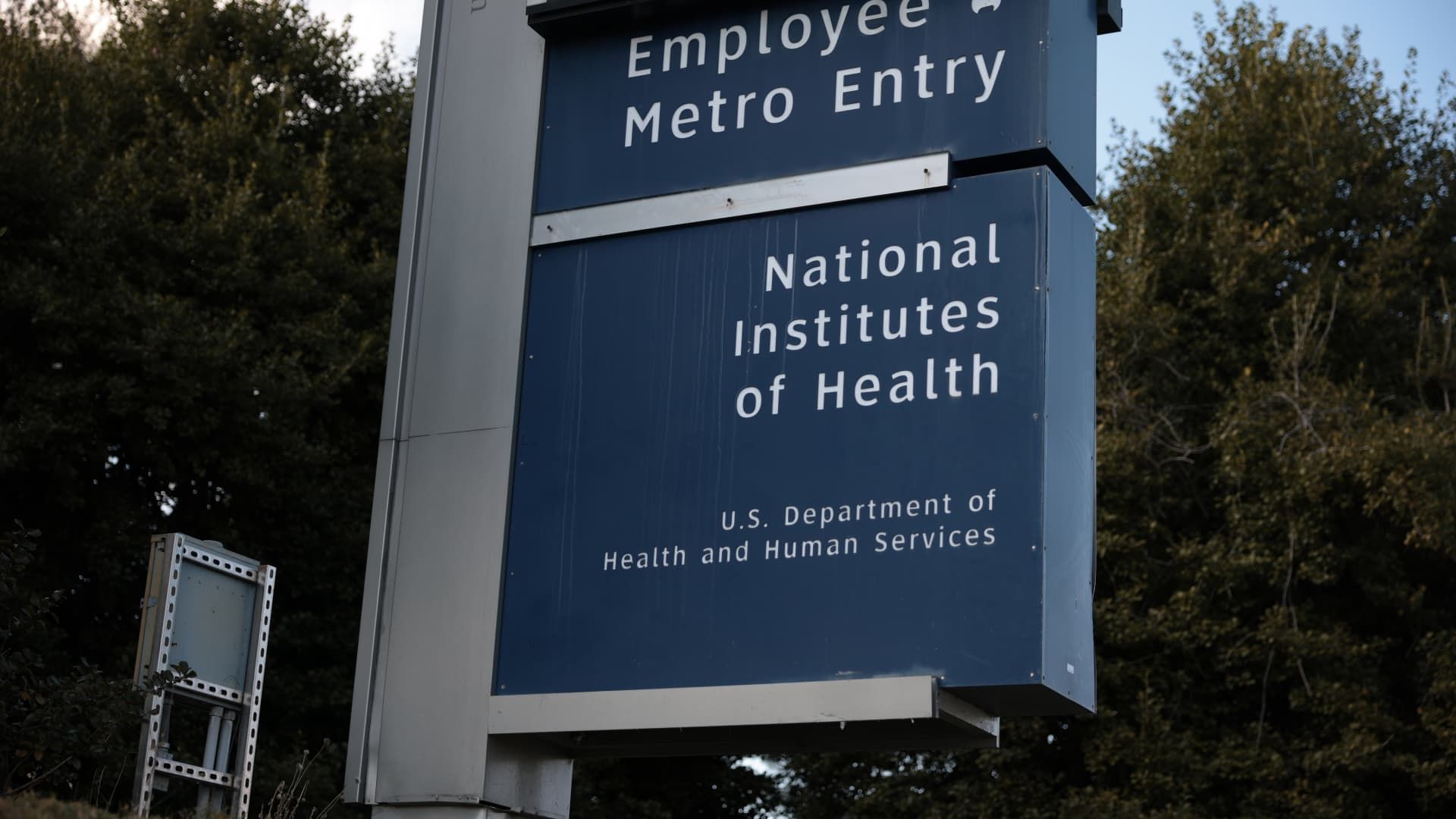A recent Trump administration movement to substantially reduce the funds of the National Health Institutes for research institutions throughout the country causes investors to fear significant losses for life science tool companies. The NIH announced in early February that it would limit the financing of the research to 15% for the “indirect costs”, those that are not directly linked to specific research projects, such as general expenses and administrative costs. The new limit is below the average indirect cost rate between 27% and 28% and much under rates of more than 60% than universities such as Harvard, Yale and Johns Hopkins receive. The agency has estimated that the proposed indirect fund cuts would amount to more than $ 4 billion in savings per year for the federal government. That is relative to the total budget of the institutes for the 2024 prosecutor of more than $ 47 billion, which makes NIH the largest individual funder in the world of biomedical and behavioral investigation. However, the steep cuts of the Trump administration are already being challenged in court. Earlier this month, a federal judge prevented the White House from carrying out the reductions. Some legislators have spoken against cuts, including Republicans such as Senator Susan Collins de Maine, who said in a statement last month that was “badly conceived.” As uncertainty hangs on the future of NIH -funded research, some on Wall Street are increasing the alarm on stocks that could receive a blow. “Approximately 60% of the academic investigation of the United States is funded by federal government agencies, and NIH is the largest source of income of A&G (academics and government) for tool companies,” wrote Bank of America of America Michael Ryskin in a note on February 25. “Regardless of how it is resolved at the end, limiting all indirect costs to 15% could significantly affect the ability of these institutions to provide facilities and support for certain types of research, since individual scientists / subsidies will not be able to support entire interns or complex infrastructure,” the analyst continued. 'Prepare the weakness' after NIH's announcement, the actions of many notable companies of Life Sciences tools have lagged the wider market. While the S&P 500 has fallen 4%in the last month, Bruker slipped more than 14%and Illumina has fallen around 10.8%. Agilent and 10x genomic decreased more than 11% and 19%, respectively. Thermo Fisher Scientific has thrown more than 3% at that time. Among those names, 10x genomic, Illumina and Bruker have the highest A&G exposure in Bofa's coverage. While NIH's direct exposure is “more limited”, that could still be significant if financing is frozen, Ryskin wrote. That occurs when the space of life science tools was already pressed in the last two years. Matt Larew of William Blair told CNBC that this is mainly due to the fact that the space came out of the COVID-19 pandemic, when customers made significant purchases in areas such as equipment and consumables, exaggerating many products due to the concerns of the supply chain. “Due to the weak macro in recent years, growth in this space was really challenged, because customers already had much of the product,” said the analyst. “Finally, you had overcome that, so the space during the first two weeks of the year exceeded the market for perhaps the first time in a couple of years.” Those profits have now disappeared completely, he said. ILMN TXG, TMO, BRKR 5Y MOUNTAIN ILMN, TGX, TMO and BRKR In the last 5 years “from the point of view of investors, I think people are very frustrated with what is historically seen as a lasting and non -cyclic part of the market … more sensitive to these changing market conditions,” he continued. “It is certainly a problem for actions. There is no doubt.” Larew also said that the current quarter and probably the next quarter resemble “undoubtedly” for companies. Other analysts have a similar view. “People are preparing for weakness,” said TD Cowen analyst Daniel Brennan, in an interview with CNBC, adding that the market is preparing for the impact, particularly in the results of companies in the companies in the coming months. “People are trying to discover: Do you have a price?” However, Brennan said that any pressure on the actions could offer a positive side for those in the street. “If there is weakness, it may create an opportunity for investors to intervene,” he continued. Long -term agros? If the indirect cost limit is approved, institutions could collectively lose billions of dollars in their research budgets. According to estimates of a calculator designed by data for the common good at the University of Chicago, the total loss of the research budget would be more than $ 6.9 billion, based on tax figures of 2024. The D4CG also indicates that the calculator is probably underestimating the amount of lost indirect costs, which means that the loss can actually be greater. Legates de Tara, who has been a Biological Sciences researcher at Maryland University, Baltimore County, since 2019, emphasized that this will have a massive impact on the research projects it proposes. In addition to that, he said that the local economy will suffer since the university staff could be fired because these institutions will not have the means to support them. “The indirectly are essentially providing the infrastructure where I can do the project,” he told CNBC. “I can have a building with the lights on and the electricity, and the students and the staff there to be able to achieve those research objectives. That evaporates.” In the future, Legates believes that universities will not have a reason to support more research with this policy change, anticipating that more hiring and admission can occur so that staff and students can arise. Only a month ago, Stanford University, for example, announced a staff who hired freezing, citing uncertainty about NIH's cuts. “We are going to see a great stagnation of scientific progress, because if universities are closing buildings because they cannot operate them or have fewer people to do the job, things are simply not going to do,” Legates added. On that front, the analyst Puneet Souda in Leadink said that the long -term impact of these cuts would threaten the global position of the United States in scientific research, especially when it comes to the discovery of drugs. “We are talking about fundamental and novel innovation, and that is what the American biomedical research system can do,” he told CNBC. “This is no matter how much happens in the world, and that is what is at risk if these cuts are implemented.”












